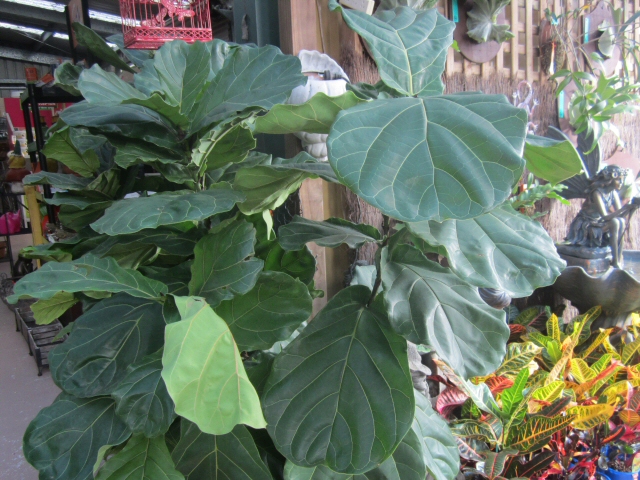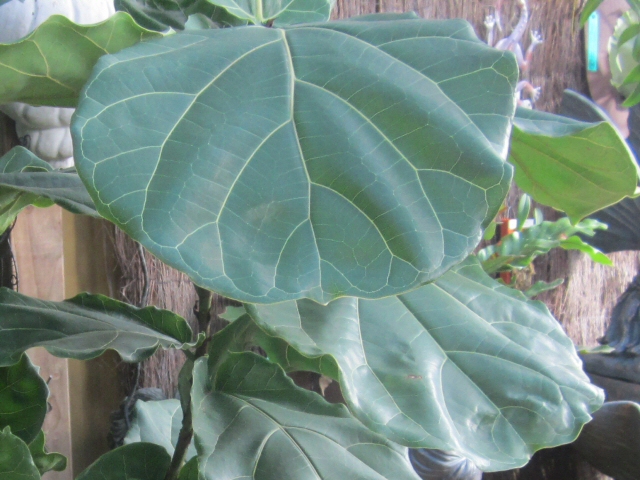Array
(
[0] => Array
(
[id] => 453
[is_published] => 1
[websiteID] => 5
[url] => /gardening/growing-grevilleas.php
[page_status] => Published
[number_of_ads] => 10
[can_use_editor] => 1
[last_modified_date] => 2013-09-16 00:00:00
[last_modified_by] => Alan
[checked_for_duplicate_content] =>
[title] => Growing Grevilleas
[heading] => Growing Grevilleas
[meta_description] => Learn how to grow grevilleas in your garden.
[article_category_1] => Gardening
[article_category_2] =>
[article_category_3] =>
[article_category_4] =>
[article_category_5] =>
[business_category_1] => Landscaper
[business_category_2] => Nursery
[business_category_3] => Garden Designer
[business_category_4] => Landscape Architect
[business_category_5] =>
[number_of_google_mrecs] =>
[show_google_ad_bottom_of_page] =>
[show_get_quotes_top_of_page] =>
[show_get_quotes_rhs_of_page] =>
[show_directory_search_widget] =>
[show_trending_content_widget] =>
[show_facebook_widget] =>
[show_further_reading_section] => 1
[show_sponsors_section] => 0
[show_top_article_ad] => 1
)
[1] => Array
(
[id] => 410
[is_published] => 1
[websiteID] => 5
[url] => /articles/external-privacy-screens.php
[page_status] => Published
[number_of_ads] => 2
[can_use_editor] => 1
[last_modified_date] => 2013-09-10 00:00:00
[last_modified_by] => Alan
[checked_for_duplicate_content] =>
[title] => External privacy screens
[heading] => External privacy screens
[meta_description] => External privacy screens began to appear in Australian residential and commercial building during the 1950's and 1960's, as a direct result of high density living and higher incomes. For more information and some examples read this article.
[article_category_1] => Landscaping
[article_category_2] =>
[article_category_3] =>
[article_category_4] =>
[article_category_5] =>
[business_category_1] => Landscaper
[business_category_2] => Nursery
[business_category_3] => Garden Designer
[business_category_4] => Landscape Architect
[business_category_5] =>
[number_of_google_mrecs] => 1
[show_google_ad_bottom_of_page] => 1
[show_get_quotes_top_of_page] => 1
[show_get_quotes_rhs_of_page] => 1
[show_directory_search_widget] => 1
[show_trending_content_widget] => 1
[show_facebook_widget] => 1
[show_further_reading_section] => 1
[show_sponsors_section] => 1
[show_top_article_ad] => 1
)
[2] => Array
(
[id] => 9
[is_published] => 1
[websiteID] => 5
[url] => /landscaping/plants-for-your-garden.php
[page_status] => Published
[number_of_ads] => 2
[can_use_editor] => 1
[last_modified_date] => 2013-09-10 00:00:00
[last_modified_by] => Alan
[checked_for_duplicate_content] =>
[title] => Selecting plants for your garden
[heading] => Selecting plants for your garden
[meta_description] => This article describes how you can best select plants for your garden.
[article_category_1] => Landscaping
[article_category_2] =>
[article_category_3] =>
[article_category_4] =>
[article_category_5] =>
[business_category_1] => Landscaper
[business_category_2] => Nursery
[business_category_3] => Garden Designer
[business_category_4] => Landscape Architect
[business_category_5] =>
[number_of_google_mrecs] => 0
[show_google_ad_bottom_of_page] => 1
[show_get_quotes_top_of_page] => 1
[show_get_quotes_rhs_of_page] => 1
[show_directory_search_widget] => 1
[show_trending_content_widget] => 0
[show_facebook_widget] => 0
[show_further_reading_section] => 1
[show_sponsors_section] => 0
[show_top_article_ad] => 1
)
[3] => Array
(
[id] => 489
[is_published] => 1
[websiteID] => 5
[url] => /articles/bio-swimming-pools.php
[page_status] => Published
[number_of_ads] => 3
[can_use_editor] => 1
[last_modified_date] => 2013-09-10 00:00:00
[last_modified_by] => Alan
[checked_for_duplicate_content] =>
[title] => Bio Pools or Natural Swimming Pools
[heading] => Bio Pools
[meta_description] => Bio pools or Natural Swimmming Pools are an attractive & environmentally-friendly alternative to traditional swimming pools.
[article_category_1] => Landscaping
[article_category_2] =>
[article_category_3] =>
[article_category_4] =>
[article_category_5] =>
[business_category_1] => Landscaper
[business_category_2] => Nursery
[business_category_3] => Garden Designer
[business_category_4] => Landscape Architect
[business_category_5] => Builder
[number_of_google_mrecs] =>
[show_google_ad_bottom_of_page] =>
[show_get_quotes_top_of_page] =>
[show_get_quotes_rhs_of_page] =>
[show_directory_search_widget] =>
[show_trending_content_widget] => 0
[show_facebook_widget] =>
[show_further_reading_section] => 1
[show_sponsors_section] => 0
[show_top_article_ad] => 1
)
)
Helpful articles
Growing Grevilleas. Learn how to grow grevilleas in your garden.
External privacy screens. External privacy screens began to appear in Australian residential and commercial building during the 1950's and 1960's, as a direct result of high density living and higher incomes. For more information and some examples read this article.
Selecting plants for your garden. This article describes how you can best select plants for your garden.
Bio Pools. Bio pools or Natural Swimmming Pools are an attractive & environmentally-friendly alternative to traditional swimming pools.
Plant description
Ficus lyrata, the fiddle leaf fig, is a spectacular pot plant with its gigantic glossy green leaves and statuesque growth habit. A tropical rainforest plant from Africa, it is well at home indoors or in a large pot outdoors, and can also be planted in tropical gardens where there is space. Like all figs it has an aggresive root system, so should not be planted anywhere near drains, driveways, buildings or paths. It can reach a height of fifteen metres. Frost tender. Feed with a good all purpose fertiliser through the warm months.
Additional plant information
Flowers
Flower colour: cream
Flowering season: summer
Plant size
Maximum height: 15 metres
Minimum height: 7 metres
Maximum width: 10 metres
Minimum width: 3 metres
Sunlight, frost & salt tolerance
This plant will tolerate full or partial sunlight.
Light frost tolerance.
Plant is not salt tolerant.
Fauna attracting?
Not specified.
Climate
This plant species will grow in the following climates: temperate, subtropical, tropical.
Soil types & conditions
Loam: moist, well-drained.
Clay: moist, well-drained.
Sand: moist, well-drained.
Pests
Scale, mealy bug
Miscellaneous information
Planting season: Any.
Types of fertiliser: Good all purpose fertiliser.
Find a nursery
Search for another plant


